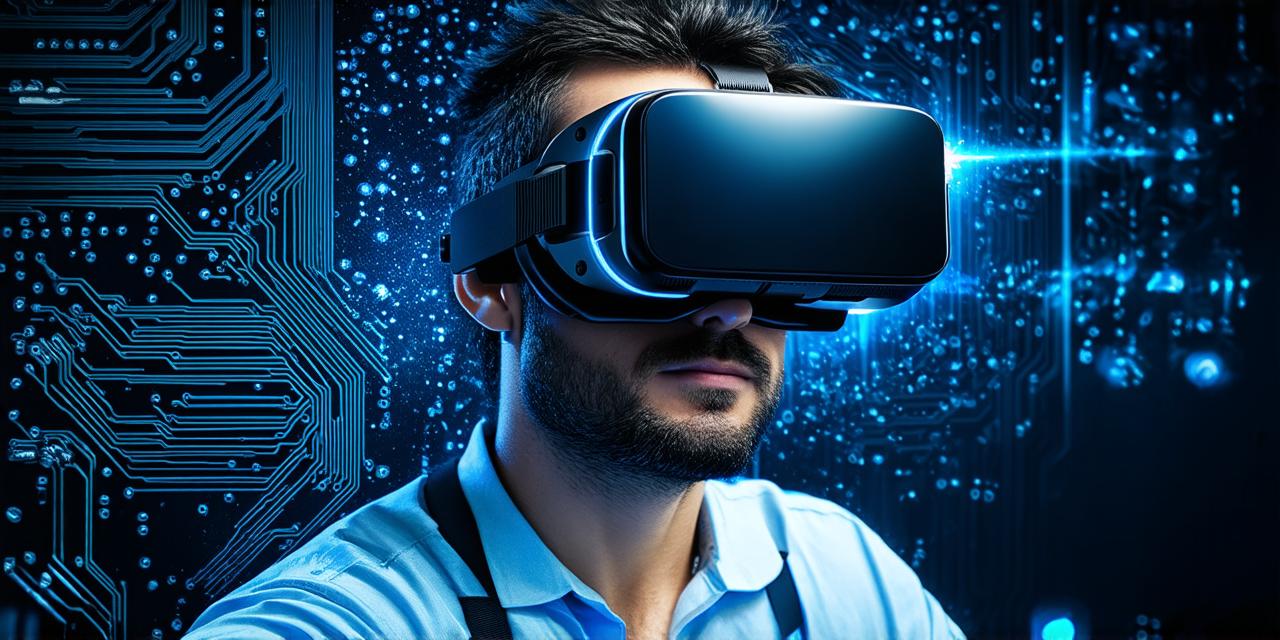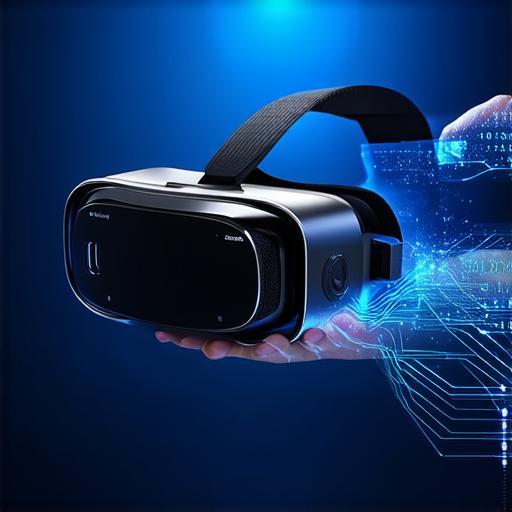
How do virtual reality headsets work?
Introduction:
Virtual reality (VR) technology has been rapidly evolving in recent years, with virtual reality headsets being at the forefront of this innovation. These devices allow users to experience a fully immersive digital environment and have opened up endless possibilities for gaming, education, and training. As a developer, understanding how virtual reality headsets work is crucial to creating effective and engaging experiences for your users.
The Basics:
Virtual reality headsets consist of two displays that are worn on a headset, which tracks the user’s movements through sensors and cameras. The displays are adjusted to match the user’s eyes, creating a stereoscopic effect that enhances the sense of immersion. The headset also includes sensors that track the user’s movement and adjust the image accordingly, allowing for a seamless experience that matches the user’s movements in real-time.
Design and Components:
Virtual reality headsets come in various designs, with some being more comfortable and lightweight than others. The most common design is the closed-loop system, which consists of two displays connected to a headset, as we mentioned earlier.

The components of a virtual reality headset typically include:
- Displays: These are high-resolution screens that display the 3D images and videos that the user sees.
- Headset: This is the frame that holds the displays and sensors, and is worn on the user’s head.
- Sensors: These are responsible for tracking the user’s movements and adjusting the image accordingly. They may include accelerometers, gyroscopes, and magnetometers.
- Cameras: These capture the user’s environment and feed the data to the sensors.
- Processors: These process the data from the sensors and displays, creating a seamless experience for the user.
Functionality:
Virtual reality headsets are designed to be highly interactive, allowing users to engage with their digital environment in various ways. Some of the common interactions include:
- Movement tracking: The sensors track the user’s movement and adjust the image accordingly, allowing for a seamless experience that matches the user’s movements in real-time.
- Hand and finger tracking: This allows users to interact with virtual objects in their environment by mimicking hand and finger movements.
- Eye tracking: Some virtual reality headsets use eye tracking technology to enhance the sense of immersion and allow for more realistic interactions.
- Haptic feedback: This technology provides tactile feedback, allowing users to feel virtual objects and environments in their real-world surroundings.
Limitations:
Despite the advancements in virtual reality technology, there are still some limitations that developers must be aware of. These include:
- Field of view (FOV): The field of view is the area that a user can see when wearing a virtual reality headset. While modern virtual reality headsets have a wide field of view, there is still a limit to how much a user can see at once. This can lead to disorientation and motion sickness in some users.
- Resolution: The resolution of the displays can affect the quality of the experience. Higher resolutions result in more realistic images and better immersion, but also require more powerful hardware.
- Comfort: Virtual reality headsets can be uncomfortable to wear for extended periods, particularly if they are not well-fitted or if the user has certain medical conditions.
Summary:
Virtual reality technology has come a long way in recent years, and virtual reality headsets are at the forefront of this innovation. Understanding how these devices work is crucial to creating effective and engaging experiences for your users. While there are still some limitations to be aware of, the potential benefits of virtual reality technology are vast, and it is likely that we will continue to see advancements in the coming years.


